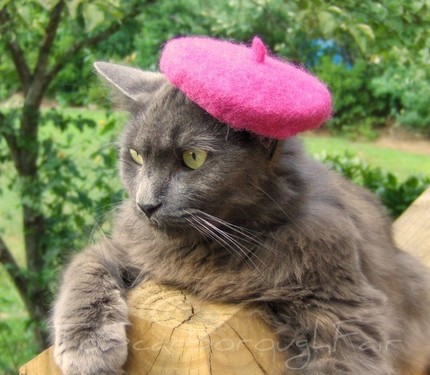Lechatelier's Principle
-
When more reactant is added into a reaction system at equilibrium, how does the system react to compensate for the stress that is applied?
-
More reactant is formed
-
There is no change
-
More product is formed
-
This quiz focuses on LeChatelier's Principle, exploring how chemical equilibria respond to changes in conditions such as concentration, pressure, volume, and temperature. It assesses understanding of reaction adjustments in real-world scenarios, making it relevant for students in advanced chemistry courses.

Quiz Preview
- 2.
When the pressure on a gaseous reaction system at equilibrium is increased, the equilibrium will shift...
-
In favor of the side with the least gas molecules
-
In favor of the side with the most gas molecules
-
There will be no change
-
To the product side
-
To the reactant side
Correct Answer
A. In favor of the side with the least gas moleculesExplanation
When the pressure on a gaseous reaction system at equilibrium is increased, the equilibrium will shift in favor of the side with the least gas molecules. This is because increasing the pressure will cause the system to try to reduce the number of gas molecules in order to decrease the pressure. Therefore, the equilibrium will shift towards the side with fewer gas molecules to achieve a new equilibrium with a lower pressure.Rate this question:
-
- 3.
For the following reaction, how will the reaction equilibrium be affected by the removal of oxygen gas?H2O2(l) <--> H2(g) + O2(g) DH = +187 kJ
-
It will shift to the right
-
There will be no change
-
It will shift to the left
Correct Answer
A. It will shift to the rightExplanation
When oxygen gas is removed from the reaction, the equilibrium will shift to the right in order to replace the lost oxygen. This is because the reaction wants to maintain a balance of reactants and products. By shifting to the right, more H2 and O2 will be produced, which will increase the concentration of oxygen gas in the system. This shift to the right will help restore the equilibrium and compensate for the removal of oxygen gas.Rate this question:
-
- 4.
If volume is decreased for the following reaction system at equilibrium, what color will you expect the mixture to become? N2O4(g) + heat <--> 2 NO2(g)colorless brown
-
Colorless
-
Brown
Correct Answer
A. ColorlessExplanation
The reaction given is an example of a reversible reaction, where the reactants N2O4(g) and NO2(g) can interconvert. At equilibrium, the forward and backward reactions occur at equal rates. In this reaction system, N2O4 is colorless and NO2 is brown. When the volume is decreased, according to Le Chatelier's principle, the equilibrium will shift in the direction that reduces the number of gas molecules. Since the forward reaction produces two moles of gas (2 NO2), decreasing the volume will shift the equilibrium to the left, favoring the reverse reaction and causing the colorless N2O4 to dominate. Therefore, the mixture will become colorless.Rate this question:
-
- 5.
For the following reaction, how will the reaction equilibrium be affected by an increase in volume?H2O2(l) <--> H2(g) + O2(g) DH = +187 kJ
-
It will shift in favor of the products
-
It will shift in favor of the reactants
-
There will be no change
Correct Answer
A. It will shift in favor of the productsExplanation
An increase in volume will cause the reaction equilibrium to shift in favor of the products. According to Le Chatelier's principle, when the volume of a system is increased, the equilibrium will shift in the direction that produces fewer moles of gas. In this reaction, the reactants have one mole of gas (H2), while the products have two moles of gas (H2 and O2). Therefore, an increase in volume will favor the side with fewer moles of gas, which is the products.Rate this question:
-
- 6.
For the following reaction, how will the reaction equilibrium be affected by an increase in temperature? H2O2(l) <--> H2(g) + O2(g) DH = +187 kJ
-
It will shift to the right
-
It will shift to the left
-
There will be no change
Correct Answer
A. It will shift to the rightExplanation
The reaction is endothermic. According to Le Chatelier's Principle, increasing the temperature of an endothermic reaction will favor the endothermic direction. Thus, the equilibrium will shift to the right. Therefore, the correct answer is: It will shift to the right.Rate this question:
-
Quiz Review Timeline (Updated): Apr 1, 2024 +
Our quizzes are rigorously reviewed, monitored and continuously updated by our expert board to maintain accuracy, relevance, and timeliness.
-
Current Version
-
Apr 01, 2024Quiz Edited by
ProProfs Editorial Team -
Apr 23, 2010Quiz Created by
Lblank
 Back to top
Back to top


